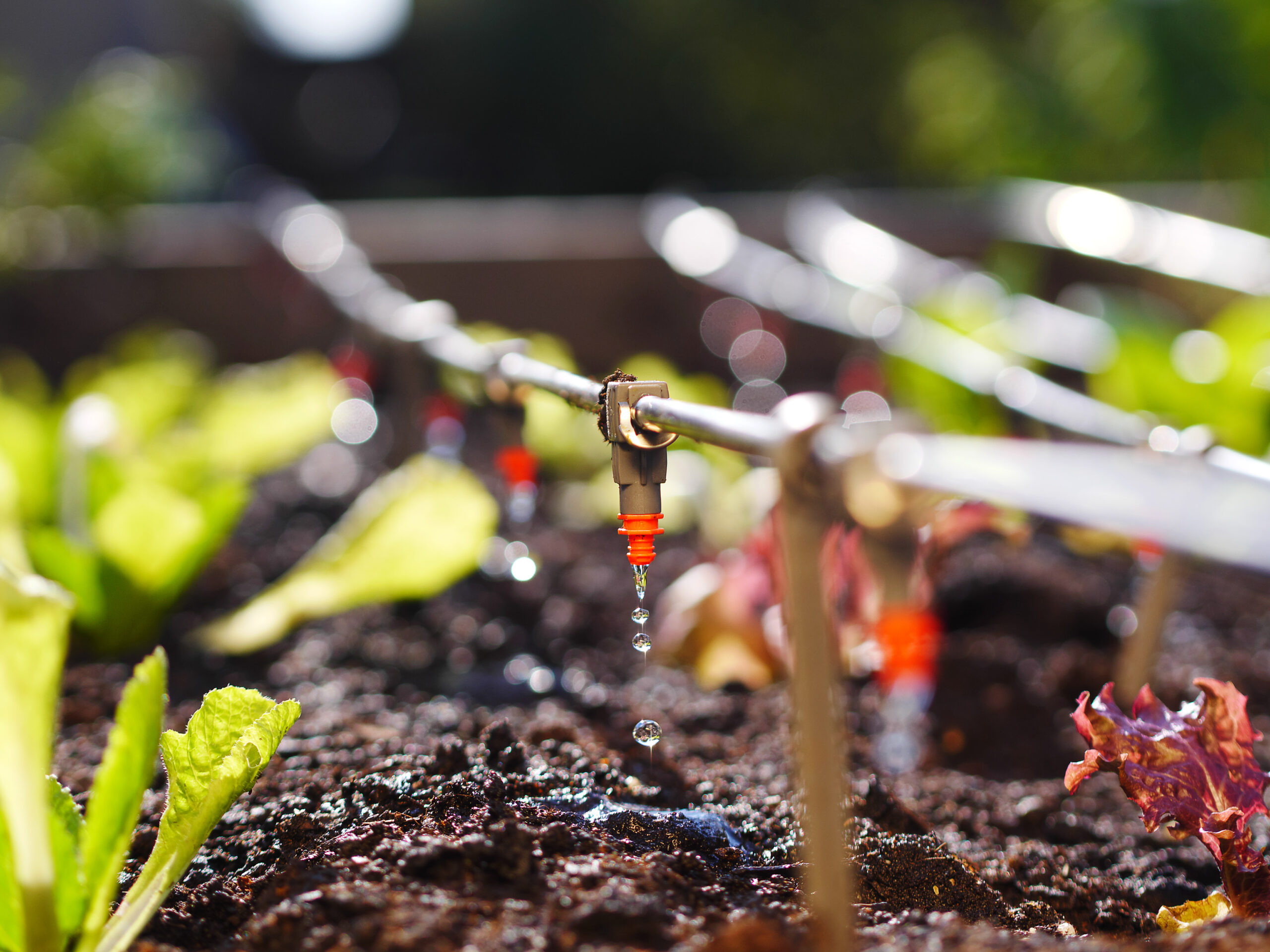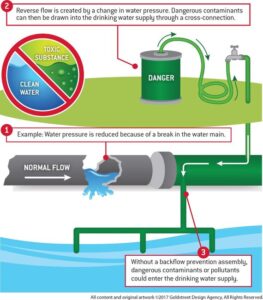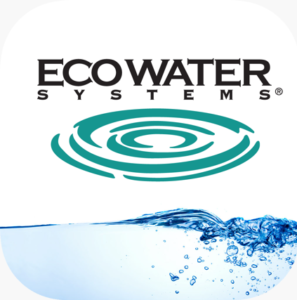Irrigation is a crucial part of maintaining a healthy and vibrant landscape, whether it’s a small home garden or a large commercial property. By providing a steady supply of water, irrigation systems ensure that plants thrive, regardless of the local climate or weather conditions. This post will guide you through the different types of irrigation systems available, their benefits, and considerations when choosing the right one for your needs.
1. Surface Irrigation
Surface irrigation is one of the oldest and most commonly used methods worldwide. It involves flooding the field or garden to a certain depth, letting the water flow over the area and soak into the soil. While this method can be efficient and economical, it requires a flat landscape and is best suited for fields and large gardens.
2. Drip Irrigation
Drip irrigation is a highly efficient method that delivers water directly to the roots of the plants. This system uses a network of tubes, pipes, and emitters to drip water slowly, reducing evaporation and runoff. Drip irrigation is ideal for areas with water scarcity, or for gardens and landscapes with plants requiring precise watering.
3. Sprinkler Irrigation
Sprinkler systems mimic natural rainfall by spraying water into the air, which then falls onto the plants and soil. These systems can be customized to water large or small areas and are ideal for lawns or fields with uneven terrain. They can be installed permanently with an underground network or used as portable units.
4. Subsurface Irrigation
Subsurface irrigation involves delivering water directly to the root zone below the surface of the soil. This method significantly reduces water loss due to evaporation and runoff and is excellent for landscapes or gardens where surface water could be detrimental, such as around building foundations.
5. Center Pivot Irrigation
Typically seen in agricultural settings, center pivot irrigation involves rotating sprinklers around a pivot point. This system is ideal for large, circular fields, and its effectiveness makes it a common choice for commercial farming operations.
Conclusion
Each irrigation system has its unique set of advantages and considerations, including cost, water efficiency, suitability for different terrain types, and maintenance needs. Understanding these options allows you to make an informed decision on the best system for your landscape or garden.
Remember that an efficient irrigation system not only keeps your landscape looking lush and vibrant but also conserves water and contributes to a more sustainable environment. As always, it’s recommended to seek professional advice when planning and installing your irrigation system to ensure it meets your specific needs and contributes to the long-term health and beauty of your landscape.






